What do you need to know about transplanting and caring for yucca?
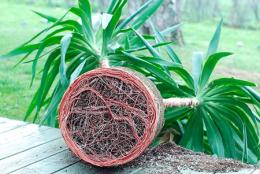
The yucca plant can most often be found in countries with low humidity levels, low precipitation levels, and in sunny countries. When growing yucca at home, it is important to provide it with conditions that are as close to natural as possible.
Yucca is a tree-like evergreen plant; it came to us from the southern regions of the United States, in particular from Mexico.
Content:
Description of the plant
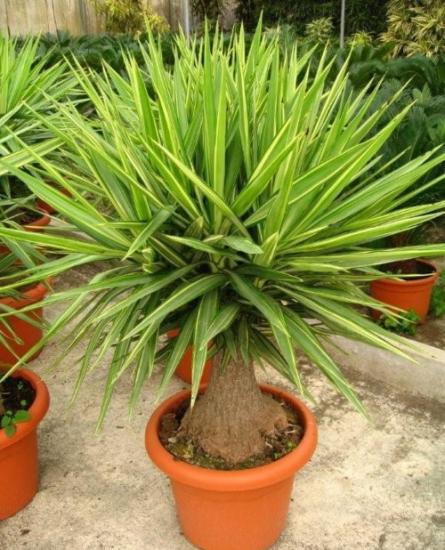
Yucca unpretentious plant, so it can develop well in a warm apartment with low humidity. The only important condition is the location of the plant on the south side. If a window on the east or west side gets a lot of light, then the yucca can feel comfortable there too.
In summer, the plant loves to be outdoors: on the balcony or in the garden. Some types of yucca can even winter outside if the climate of the region is not harsh.
Yucca is shaped like a small tree; it has a strong trunk from which long leaves grow. The color of the leaves differs in different species and ranges from bright green to bluish, and can be erect or drooping. In order for the structure to be branched, it is necessary to periodically make trimmings. Sometimes yucca is confused with a palm tree or dracaena, but it is not one.
At home, yucca does not bloom. This is due to the fact that flower buds are formed only during a long, cold winter.If your plant is located outside, it will delight its owners with white bell-shaped flowers.
The “tree” grows slowly, so buying an adult to decorate an apartment or office will be very expensive. Yucca can grow in the same container with other dry-resistant plants, such as milkweed, sedum, and Kalanchoe. To transplant yucca, you need to follow some rules.
Yucca transplant
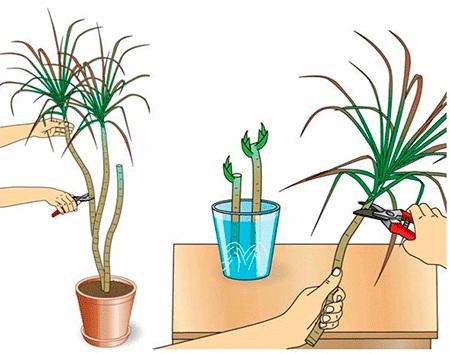
For the plant to develop well, it is important to do a transplant. There are no strict and complex rules in this matter, but adherence to certain technologies will only bring benefits.
Yucca tolerates replanting well at any time of the year, but it is better to do it in early spring.
The root system plays the main role in the development of the plant, so when replanting you need to be extremely careful so as not to damage the roots. If you break even one root shoot, the risk of plant disease or prolonged adaptation to a new location increases.
Before planting, you need to remove all yellowed and dry leaves. Yucca is replanted no more than 3 times a year.
Before transplanting a plant, you need to familiarize yourself with the following rules:
- The diameter of the pot should be several centimeters greater than the diameter of the root system.
- The pot must be durable and not bend when carrying the plant.
- The total depth of the pot should be 2 times the size of the internal diameter.
- There must be a middle layer of drainage at the bottom of the pot; you can replace it with expanded clay, river pebbles, gravel or broken bricks. Next, the pot is filled with soil. If there are still nutrients left in the old soil, then it can be used in a new larger pot by simply adding new soil. There should be no air voids left inside the pot.
- At the end of the procedure, the yucca needs to be watered well.
- When choosing land, it is better to give preference to a peat mixture with neutral Ph. To prepare the soil yourself, mix peat turf soil and sand with large grains. If the yucca is still young, then humus is added.
- For yucca, it does not matter which pot it will grow in: plastic or ceramic.
Yucca care
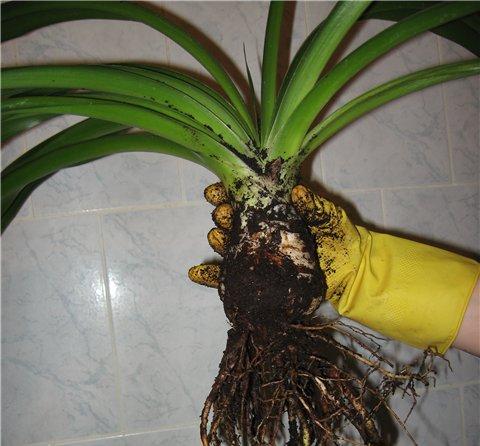
To the tree grew and developed quickly, he needs to be properly cared for. At home, yucca can grow up to 2 meters, in natural conditions up to 4. Despite the large size of the plant, minimal care is required.
Yucca does not need special air humidification; on the contrary, dry air is more suitable for it. Watering is provided infrequently. You need to place the plant on the south side, in a bright place. Yucca can also be exposed to direct sunlight for some time. If there is not enough light, the leaves become thin and limp.
Watering depends on the size of the plant, its age, the material of the pot, the weather outside and the season. In summer, yucca is watered abundantly as soon as the soil dries 5 cm. At temperatures up to +20 degrees, watering is provided once a week.
For 5 liters of soil there is approximately 1 liter of purified or settled water. At other times of the year, watering is reduced to avoid root rotting. If the leaves begin to rot or the edges turn brown, this means you need to reduce watering.
Once every 2-3 weeks Yucca can be fed, but this is done only in spring and summer, while the plant is in the stage of intensive growth. If the plant has recently been transplanted, then it is provided with fertilizing only after complete adaptation.
Fertilizer is not applied in case of yucca diseases.Otherwise, you should follow the recommendations from the fertilizer manufacturer.
Plant pruning
To give the yucca the desired shape and control its growth, you need to trim it periodically. After this procedure, the trunk will stop growing in height and will forever retain its diameter width. Therefore, pruning is done when the diameter volume is at least 6 cm. Otherwise, it may not withstand future load.
The plant is being pruned in early March, that is, before the active growth of yucca. To do this, you will need a sharp knife, pre-treated with pure alcohol. Cutting wood fabrics is not as easy as it might seem at first glance, so you need to be patient and strong.
The cutting site should be located far from the surface of the earth. The operation is carried out as follows: with one hand you need to take the leaves in a bunch, and with the other start cutting the stem. The cut must be completed to the end, and not break the trunk (this way you can damage the growing points).
The cut site is disinfected with crushed activated carbon. You can then continue with normal care. But if there are no leaves left on the tree, then the yucca is watered less often.
Such periodic pruning can control the required shape and width of the plant. In just three weeks, the sleeping buds near the cut will wake up. If the trunk was initially narrow, then it is better to leave 1-2 buds, if wide, then 4-5.
The trimmed top with a bud can be planted in a separate pot with moist soil. This way you will get another small yucca.
Watch all the intricacies of yucca transplantation in the video:
Interesting information about the vegetable garden

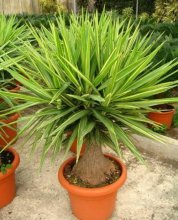
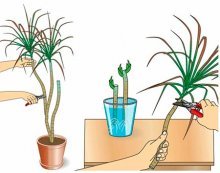

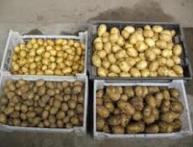
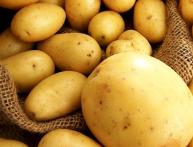
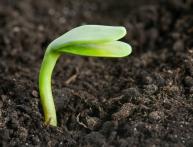
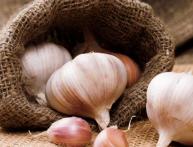
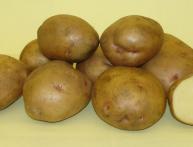
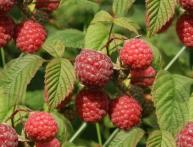
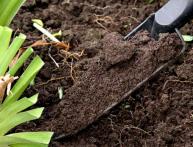

Comments
Hello! Please tell me why yucca can get sick after transplantation? It seems that he transplanted it carefully and did not change the room conditions, but it happened that she did not survive after the transplant.